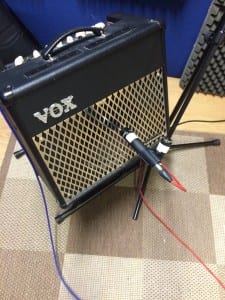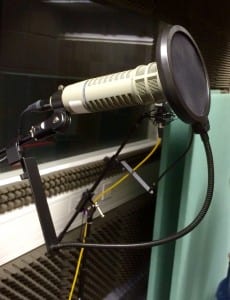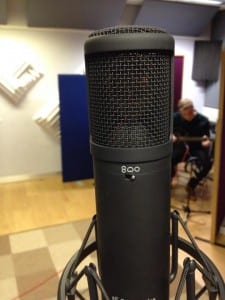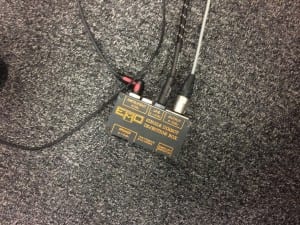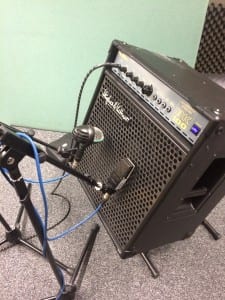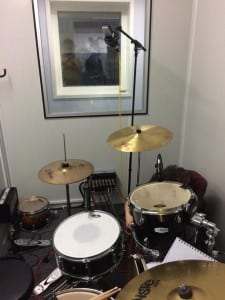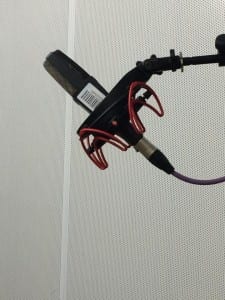This week we looked at adding multiple instruments to the project to give us more diversity in what we could do with the piece. The instruments we decided to add were a harp, an extra guitar and keys.
The harp was very interesting as we had never got to mic up one before. We decided to use a 414 and the harps DI to record with. The 414 was placed about 10cm away from the harp pointing at the register that she would use. This was so that we could pick up the clearest possible sounds from the harp. We chose a 414 as we were using a high registry on the harp and the 414’s high frequency clarity helped. The harps DI added more pluck sound and the mix of the two worked very well.
We decided to add another guitar to add an intro and a solo section to the song. We used the vox in the studio as this would provide the tone we wanted. We decided to have a SM57 just off centre of the cone and a 414 as a room mic. After recording one track we decided to change the tone as it really didn’t fit with the rest of the song. We added more gain and cut some treble to make it fit easier within the mix.
We also tracked keys as we thought they would add an extra layer to the song and this would allow us more diversity within our mixing process. The piano was DI’ed directly into the desk as this was convenient. We also moved the output in protools so we could control the monitor mix easier. While the piano was plugged in we decided to put it on a string setting to add another aspect to the piece.
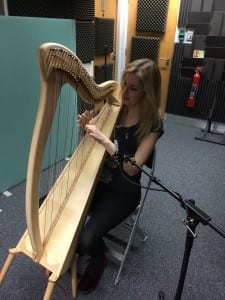
Over all i think the recording of these sections went very well and will allow us to have a good amount of experimentation with the mixing process.
